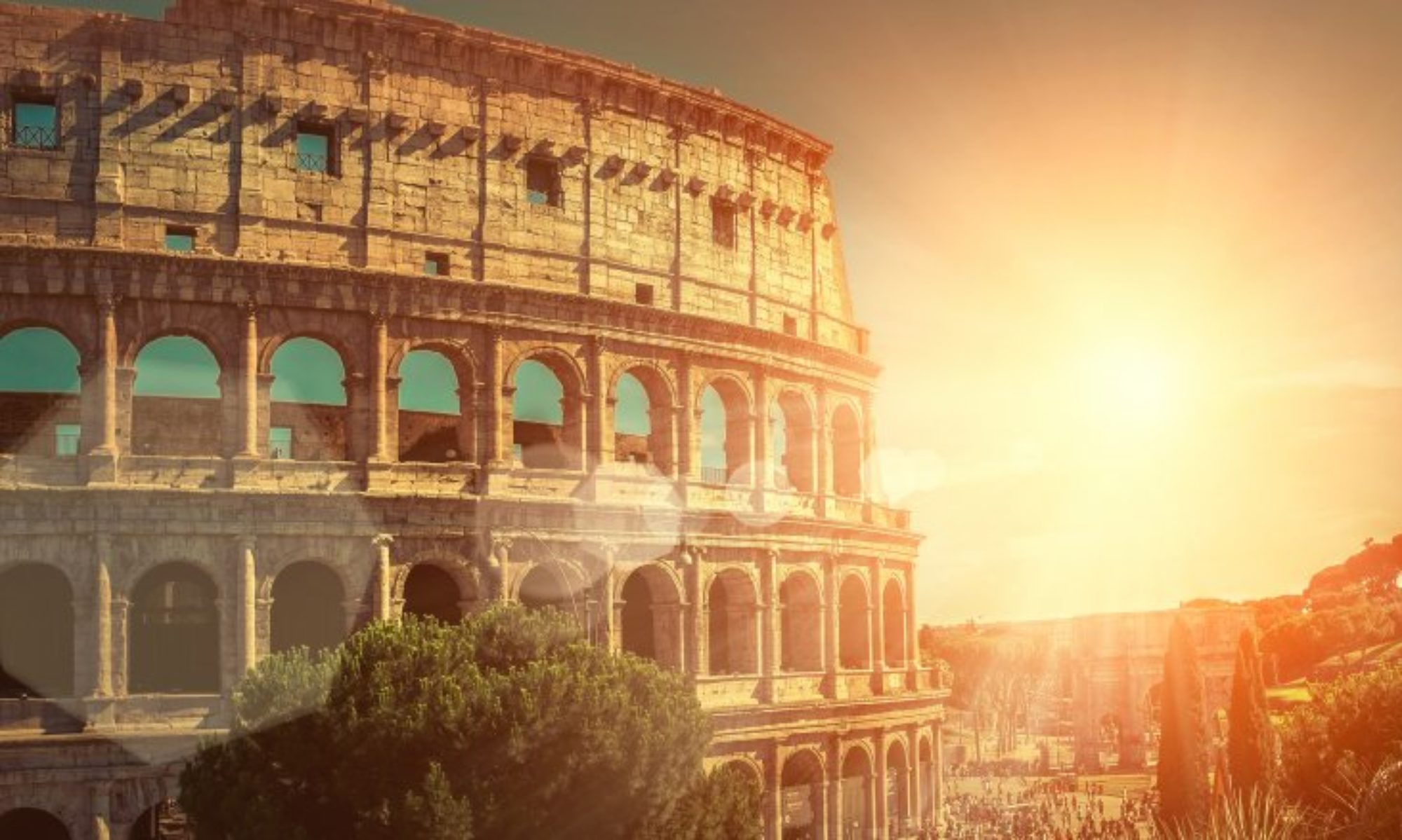Channel: dovlex
Duration: 8:16
Description: Roman Timeline from 753 B.C to 1453 A.D
The Roman Empire was the post-Republican phase of the ancient Roman civilization, characterised by an autocratic form of government and large territorial holdings in Europe and around the Mediterranean. The term is used to describe the Roman state during and after the time of the first emperor, Augustus. The 500-year-old Roman Republic, which preceded it, had been weakened by several civil wars [5]. Several events are commonly proposed to mark the transition from Republic to Empire, including Julius Caesar’s appointment as perpetual dictator (44 BC), the victory of Octavian at the Battle of Actium (2 September 31 BC), and the Roman Senate’s granting to Octavian the honorific Augustus. (16 January 27 BC) [6].
The Latin term Imperium Romanum (Roman Empire), probably the best-known Latin expression where the word imperium denotes a territory, indicates the part of the world under Roman rule. Roman expansion began in the days of the Republic, but reached its zenith under Emperor Trajan. At this territorial peak, the Roman Empire controlled approximately 5,900,000 km² (2,300,000 sq mi) of land surface. Because of the Empire’s vast extent and long endurance, Roman influence upon the language, religion, architecture, philosophy, law, and government of nations around the world lasts to this day.
In the late 3rd century AD, Diocletian established the practice of dividing authority between two emperors, one in the western part of the empire and one in the east, in order to better administer the vast territory. For the next century this practice continued, with occasional periods in which one emperor assumed complete control. However, after the death of Theodosius the Great in 395, no single emperor would ever again hold genuine supremacy over a united Roman Empire [7]. The Western Roman Empire collapsed in 476 as Romulus Augustus was forced to abdicate by Odoacer [8]. The Eastern Roman or Byzantine Empire endured until 1453 with the capture of Constantinople by the Ottoman Turks led by Mehmed II [9]. Therefore, it is difficult to give an exact date when the Roman Empire ceased to exist, but this article will focus on the empire from 27 BC to the permanent division in AD 395. For more information, see History of the Roman Empire.
Published: December 19, 2008 1:43 pm
